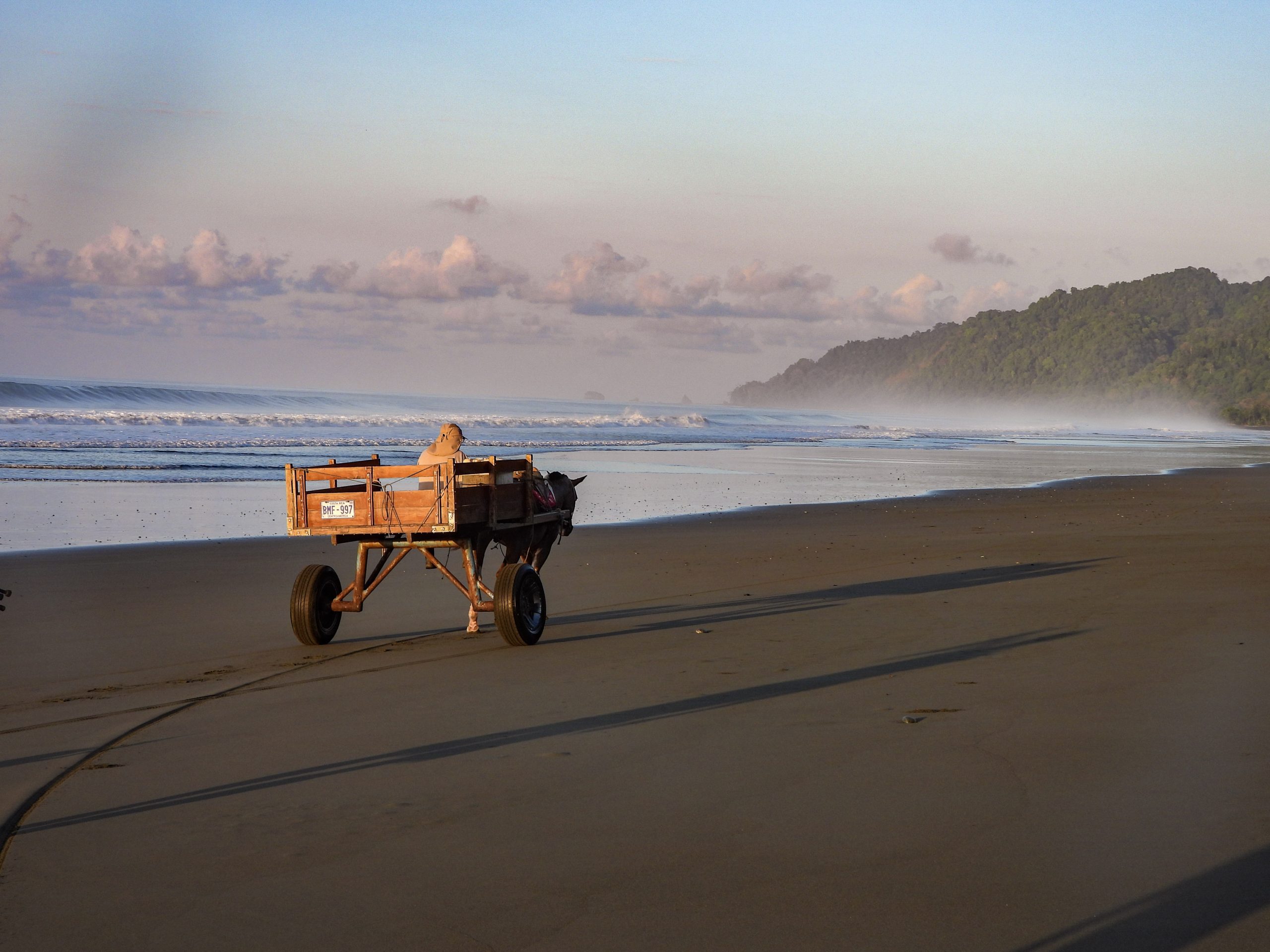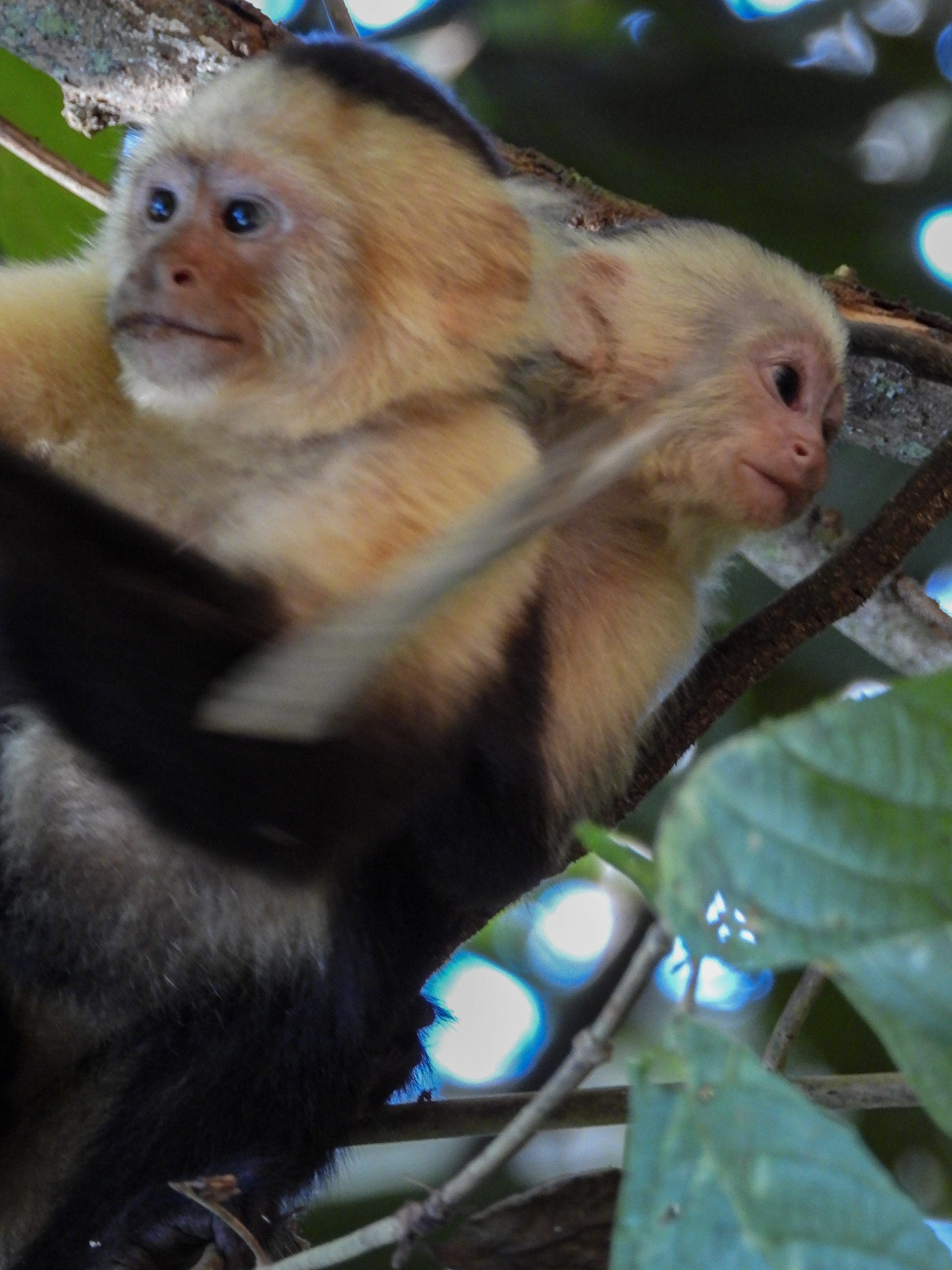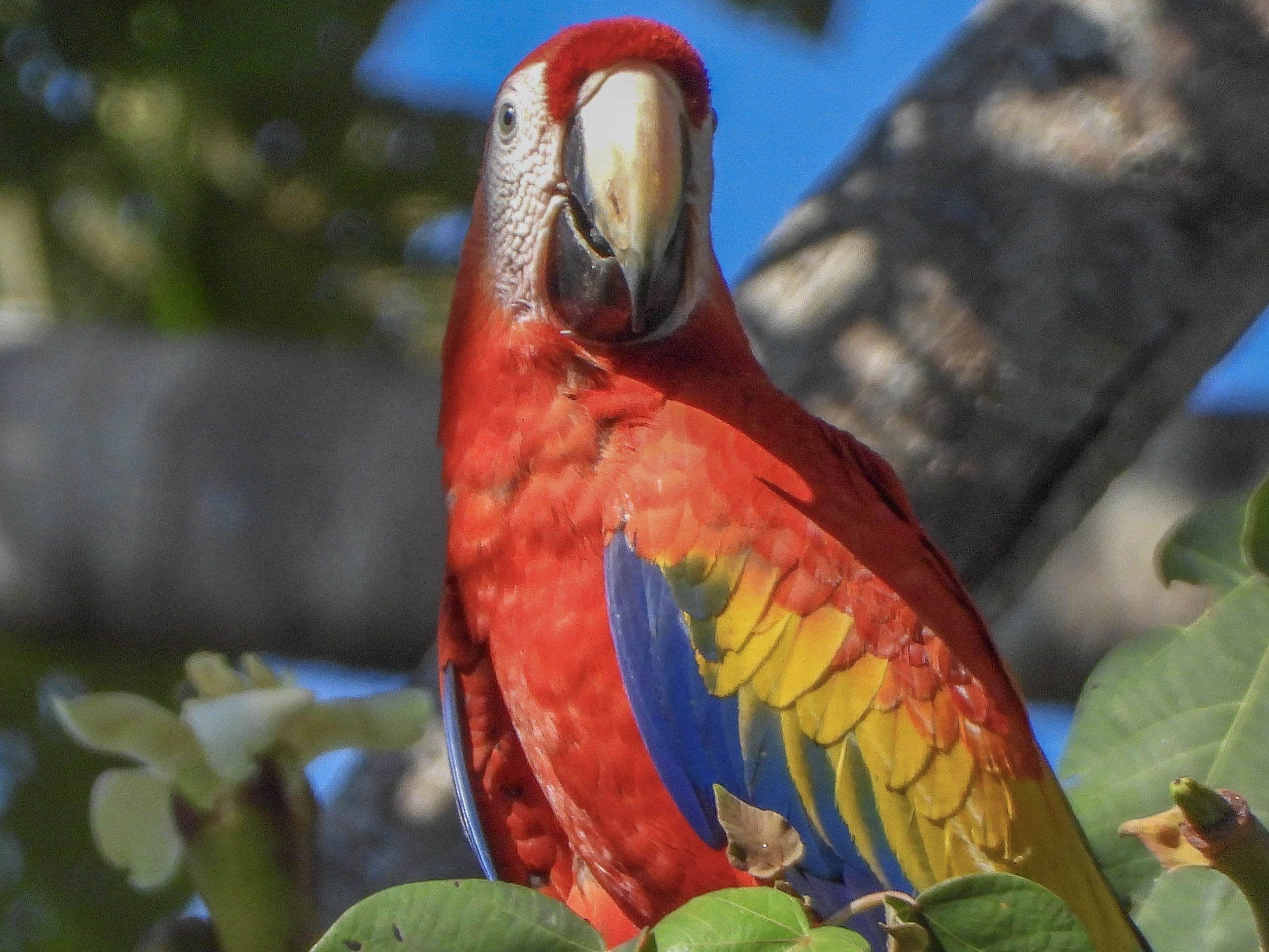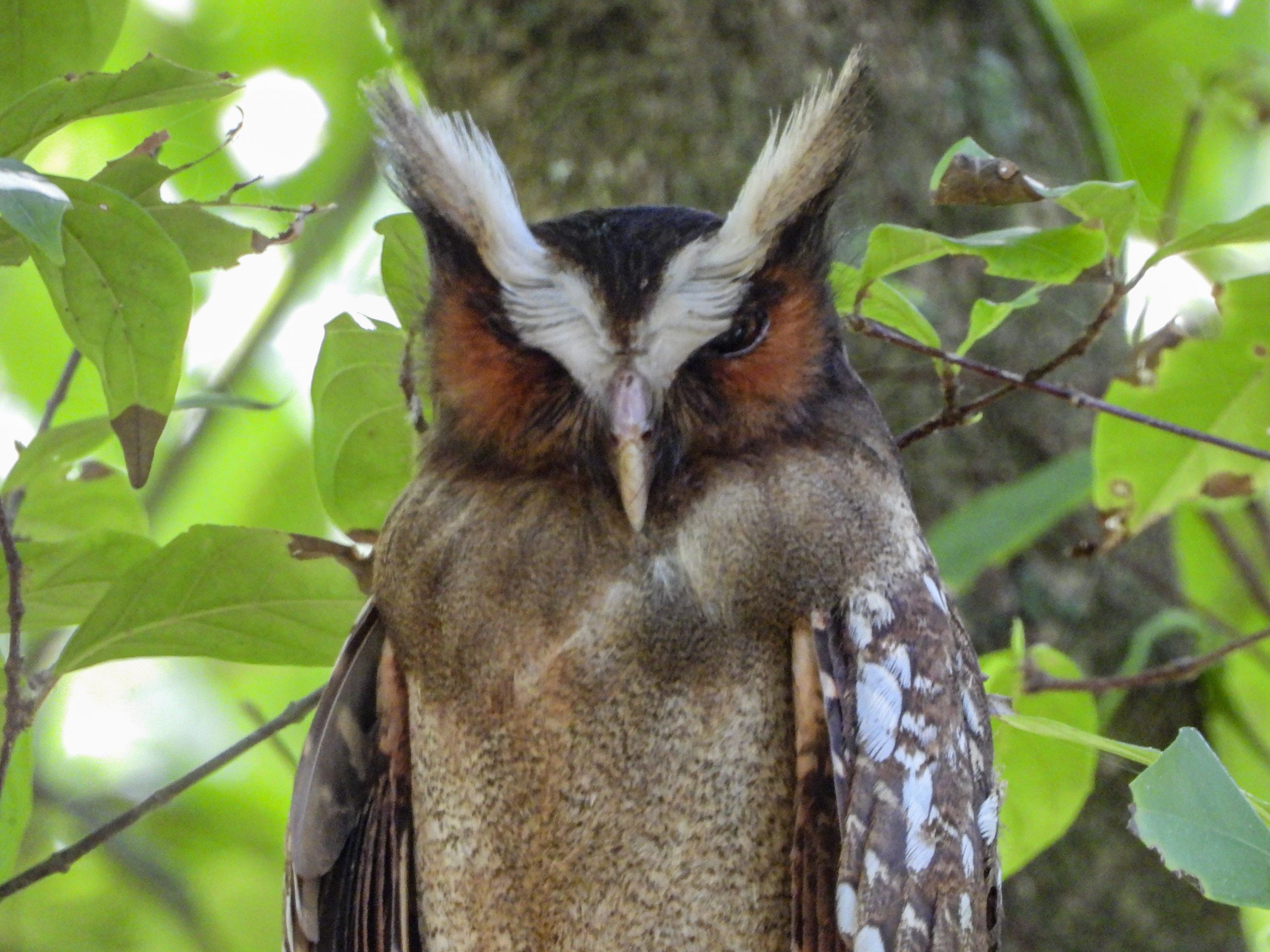
The Osa Peninsula
A Drive on the Wild Side: The Osa Peninsula from Charcarita to Carate
If you want to experience the real Costa Rica — the Costa Rica many of us fell in love with decades ago … the wild and wonderful Costa Rica — do this drive! Do it sooner rather than later, since the times are changing and this trip will never be the same in another few years.
Continuing Howler’s On the Road Again series, you will be driving the Osa Peninsula — THE last great wild place left, especially along the coasts. Osa, home of Corcovado and Piedras Blancas National Parks, is also home to 3% of the total biodiversity on the planet, and home to one of the last existing coastal tropical rainforests.
The starting point is Charcarita, a totally nondescript truckstop of a town. But it’s the start of route 245, which we take the entire way (mainly because it is the only road) to Carate. You can drive this in one day and stay in Carate, but this trip is better savored over two or even three days.
Bridge stop
Driving from Chacarita, you cross through Piedras Blancas National Park to your left, a lesser known Osa national park featured in Howler’s June 2019 issue. The first stop is Rincón De Osa. There are a couple beautiful beaches nearby to visit, and a few typical beachfront restaurants, but the reason to stop is the bridge.
The Rincón bridge is important for two reasons: the Cruze de Bahía Drake and the yellow-billed cotinga. Yes, there is a road that crosses the top of the Osa. It’s not for the weak, and not on our itinerary, but an advanced version of the trip could include crossing to Drake Bay. The other reason to stop, especially if you are interested in birds, is that this bridge is an internationally known stop for birders looking for the rare and endangered snowy cotinga, a little white bird. You may encounter tripod- and binocular-laden groups standing around the bridge area as you pass.
Our next stop is Puerto Jiménez, which we reach after passing endless rice fields on one side and mangrove swamps on the other. If you see the sign, you can drive to El Tigre (or more specifically, Dos Brazos del Rio Tigre), the least known entrance to the Corcovado National Park, and known more for its illegal gold miners that still exist working digging pits or panning the streams.
Local options
Puerto Jiménez is the social, economic and tourist center of this side of the Osa Peninsula. You can find lots of options for food, drink and lodging. There’s also a dock where you can get a water taxi to Golfito, an option many tourists take. At the end of town there is a supermarket, where you turn right then left. Stop at the market and get what you need, because it gets fun from here.
As you head out of Jiménez, you will notice the people start to disappear. Then the pavement stops, and then something else — no power lines. Welcome to the last great wild area of Costa Rica; those who live here generate their own power.
You cross one last bridge, which at this writing may be repaired from the early season floods, and then you head into jungle and ford streams.. You may be wishing you had a 4×4 if you do not, but many do this trip in cars. Just stop and look where those before you forded the stream and follow those tracks. Speeding through does not help — I assure you, from experience. I hit the water too fast and hard, and lost my front licence plate … only to have the same thing happen again a few years later. Replacing your license plate here is fun, so save yourself the trouble.
The next stop is Matapalo (yeah, Costa Rica has too many Matapalos). There are a few places to stay here, including the incredible, albeit pricey, Lapa Rios resort. Unless you are determined to make it to Carate in one day, stay here.
Unforgettable Fridays
There are a couple reasons to stay, the first being a visit to the Buena Esperanza restaurant, known by the locals as Martina’s. If possible, try to be there for Friday night — an unforgettable experience as the locals come together for a night market. If you really want to get the flavor of a Friday night at Martina’s, read the Tripadvisor review I wrote a couple years ago.
The other reason to visit or even stay in Matapalo is that it is not officially part of the park, and you can walk to the King Louis Waterfall and experience the Osa rainforest. Three of the four monkeys in Costa Rica abound here, along with wonderful birds, fabulous beaches, waterfalls and hikes. It does not get much better than here.
Your final leg takes you from Matapalo over the hill and through a stream, and another stream, and another, and another … I think seven or eight in all. You finally make it to Carate, the end of the road.
Carate seems like it should be on some island, and in many ways it is — remote, off-grid and just stunning. There are several lodges, hotels and hostels there, my favorite being Luna Lodge. If it is anywhere near sunset, stay, do NOT drive the section between Matapalo and Carate at night.
Carate is the gateway to La Leona Ranger Station, one of the two large Corcovado National Park entrances. It is not “exactly” in Carate, but about a mile walk down the beach from there. It is a wonderful walk out at sunrise to the park, and a miserable trek back in the afternoon sun after hiking all day in the park. So plan ahead if you do go to the park, and you must visit the park.
Now, not later
With the quirkiness of the area — the wild, the river crossing, the no power grid — this is Costa Rica at its visceral wild, wonderful best. But do it while you can.
The Costa Rica government announced and has started a project to open Carate up to more tourism by building bridges over the streams, paving the road, and electrification of the area. One man’s progress is another’s demise. The last great wild road trip will be gone.
Up for another Costa Rican road trip? Here are some more places to drive your way around the country!
See this article in the magazine





